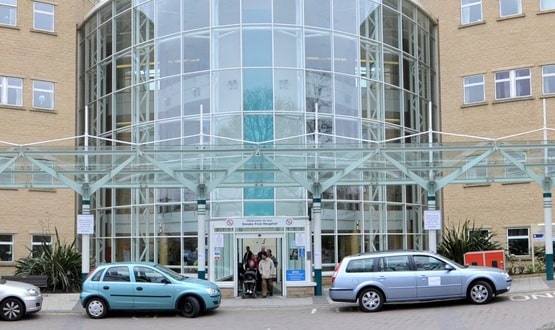No rational reason to make N3 a closed system
- 23 October 2003
NHS IT director-general Richard Granger says there will be adequate controls on information passing over the new NHS network but that much of the network will be built across public switch equipment.
Granger told the International e-Health Association conference in London on 16 October: “I can see no rational reason for not doing this.”
He said he had been told that the NHS had to have a closed system “because some people are concerned”, but he pointed out that the service currently had records stored at the end of hospital beds where anyone could read them.
The new network, known as N3, would be bought in two pieces with the physical structure being procured as part of the Broadband Britain initiative. The other part, the management layer, would be specific to the NHS.
Granger also underlined his previous messages about retaining some existing IT systems installed in the NHS. “[I’ve been asked] ‘Are you going to rip out everything that’s there at the moment?’ No, we are not. A simple examination of the economics will explain that,” he said.
He spoke of an improving relationship with the top IT suppliers. “Most of the top suppliers didn’t supply the NHS because they had had a bad experience or because the NHS didn’t purchase on a large enough scale. That has changed.”
He said that the end costs on hardware were already coming down and he predicted hundreds of thousands of pounds of savings on the cost of acquisition and significant savings on deployment.
Granger shared a platform at the conference with Professor Martin Severs, director of clinical information for the NHS National Programme for IT, who explained how he was grappling with the challenges presented by clinicians who thought they had an IT problem but actually had an information problem.
For example, he said, he had been presented with data sets containing 520 items that clinicians wanted to see collected – but with no accompanying strategy for carrying out the data collection.
Definitions of what should be collected were far from clear in some cases, said Severs, revealing that he currently had six definitions of “smoking”. He concluded: “There’s a big cultural change needed to happen in order for us to use the systems effectively and serve our patients and populations at the same time.
The NHS was a complex organisation and national programme offered an opportunity to manage that complexity, he said.
Mark Outhwaite, acting director of technology in health at the NHS Modernisation Agency underlined the need for the NHS to see the national programme as a major change programme with high quality IT underpinning it, not an IT project with a change management component.
”Too often in the NHS when we get extra money we use it to do more of the same. We need to give you to tools and techniques to get off the hamster wheel and indeed to cut out of the cage,” he said.
A former tank commander, Outhwaite portrayed the programme’s progress in terms of increasingly weighty vehicles rumbling down the ramp, with the white vans of e-booking preceding the trucks of the integrated care record service.
He said the successful linking of the national programme and the modernisation agenda would hinge on three “S”s: synchronisation, sequencing and support.
And he appealed for an end to the IT ghetto. “Sometimes IT people consign themselves to their own ghetto. IT is part of modernisation, not apart from it. Top down change only achieves so much. Real change happens when you get a critical mass of people locally who understand the vision.”




